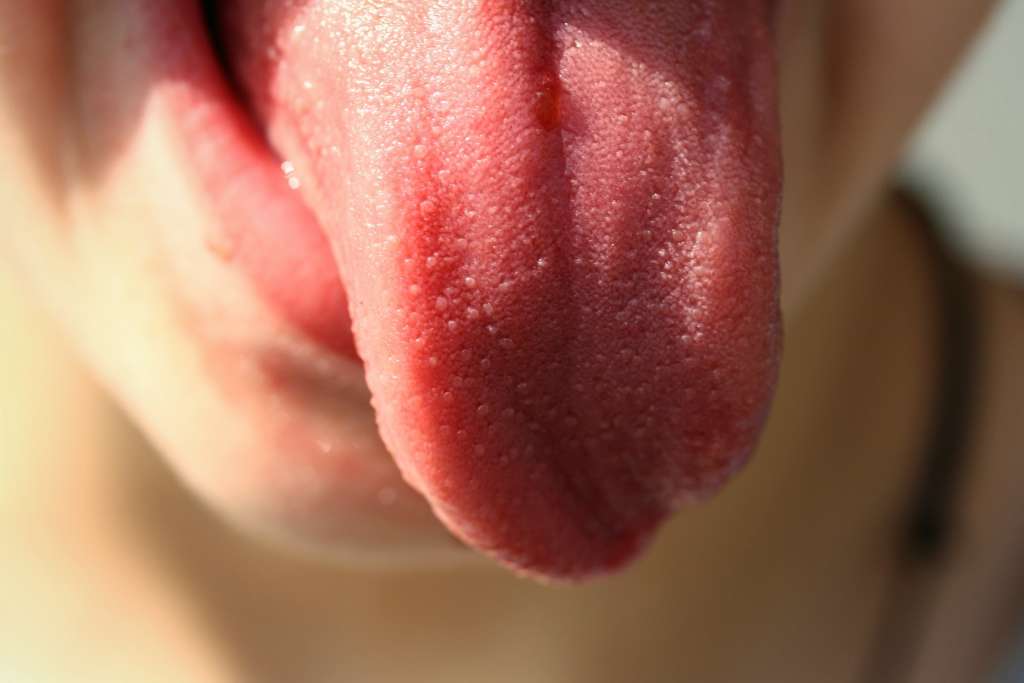
What does your tongue say about you?
Share
Growing up in India, I was very accustomed to my physician or treatment provider asking me to open my mouth so they can “read” my tongue. It wasn’t’ till I moved to the United States during my teens, when I learned that the practice was unique to eastern medicine which then took me on a journey of understanding tongue diagnosis and how it is used (primarily) by Eastern Medicine physician is getting insight into one’s holistic health.
The tongue, according to Ayurveda, is a strong diagnostic tool for looking at one’s systemic health. A tongue color, shape, deviations, and texture provide a view into the inner health of an individual. While I have experienced used as a complement with Pulse and facial diagnosis, tongue analysis can be by itself to understand what is going on internally and detect issues (such as accumulation of toxins, digestion issues or any indications of disorder) that may not have manifested otherwise.
Here are few ways you can begin to self-evaluate your tongue as part of your daily ritual (especially Dinacharya – the morning routine) Note this blog is written with the intention of awareness rather than a confirmatory diagnosis. Making tongue diagnosis a part of daily routine is very important routine to understand trends in your overall health. Also, it is critical to clean your tongue or do tongue scrapping as one of the first rituals in the morning. If you find any abnormality on your tongue, please visit your experienced Ayurveda practitioner to confirm your diagnosis
- Location: Each location on the tongue represents a different internal organ. The front of the tongue is related to upper GI tract, lungs, and heart; while the Middle part of the tongue is connected with liver, spleen, and stomach. Similarly, the back of the tongue is associated with large intestine and kidneys and the very tip is the location of thyroid and vertical line in the middle of the tongue represents the spine.
- Color: The normal color of the tongue is red-pinkish. If the tongue is pale in color, it is a typical sign of low red blood cells, poor circulation or possibly anemia. Additionally, the coating on the tongue can also provide a multitude of information. If the coating is grey, black or brown, you can assume accumulation of Vata (Air and Space) toxins and vata imbalance. While a yellow coating reflects a Pitta (fire element) imbalance or inflammation, a coating while in color relates to a Kapha (Earth and Water) imbalance.
- Texture: The presence of cracks on tongue is typically a representation of a Vata imbalance where as the specific location of cracks on the tongue can indicate the specific organ specific imbalance as noted in the location write up above. It is also quite common to see teeth marks on the tongue which generally indicate poor absorption or malabsorption.
These tools can be very helpful in gathering data and keeping track of our personal health on a daily basis. I look at my tongue every morning as a way to give me direction as to where I might need to make adjustments in our diet—with our food, lifestyle, exercise and supplemental routines.